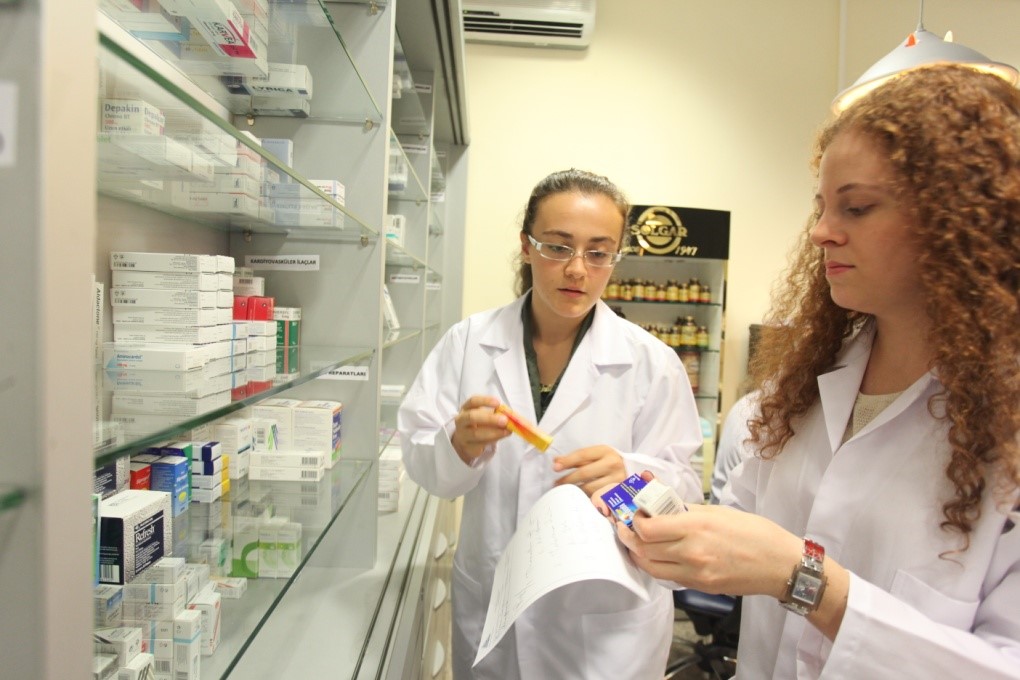
What is Physical Treatment?
The American Physical Therapy Association specifies physical treatment as "... a health occupation whose primary purpose is the promotion of optimum human health and function through the application of clinical principles to prevent, identify, examine, remedy, or minimize severe or prolonged motion dysfunction".
Physical Treatment is an occupation whose primary purpose is the repair, upkeep, and promotion of optimal health, function, and lifestyle for individuals of all ages. The science of physical therapy includes the application of healing methods, methods, and interventions that help rehabilitate an individual to their optimum physical potential. The art of physical therapy is assisting individuals help themselves.
In laws and regulations specifying practice, physical treatment is often defined as the care and services supplied by a physiotherapist or a physical therapist assistant under the direction and guidance of a physiotherapist, and include:
Alleviating problems and practical limitation by creating, carrying out, and modifying therapeutic interventions;
Avoiding injury, disability, functional limitation and special needs; and Participating in consultation, education, and research study.
More info about the profession of physical treatment might be acquired by visiting the American Physical Treatment Association's website at www.apta.org
Who are Physical Therapist Assistants?
Physiotherapist Assistants, or PTA's, are proficient health care providers who deal with and under the direction and supervision of a physiotherapist to offer physical therapy services. In order for a specific to practice as a PTA, they should graduate from a recognized PTA program and effectively pass a licensing/certification exam.
PTA's play an important function in providing physical treatment services for individuals with various specials needs. When a client seeks or is referred for physical treatment services, the physiotherapist performs a preliminary assessment and outlines a strategy of care. The PTA can then carry out all or part of the treatment strategy as advised by the physical therapist.
The American Physical Treatment Association recognizes the PTA as the only individual who helps the physical therapist in the shipment of chosen physical therapy interventions.
What does a Physiotherapist Assistant do?
The physical therapist assistant (PTA) performs physical treatment interventions and related jobs under the direction and supervision of a physiotherapist. Such duties might include training patients in restorative exercise and activities of day-to-day living, using physical agents such as cold, heat, electricity, or water for discomfort relief and healing, advising persons in the use of assistive gadgets for walking, taking part in wound care, promoting health and injury avoidance, providing client and family education, training clients in wheelchair activities, assisting the physiotherapist in performing client assessments and intricate interventions, and a lot more.
The PTA also keeps track of the patient's action to treatment, performs numerous tests and steps, documents appropriate aspects of client care, and maintains continuous communication with the monitoring physical therapist, along with other healthcare professionals.
What is the distinction between a PT and a PTA?
The physiotherapist (PT) and the physical therapist assistant (PTA) vary in educational preparation and levels of duties as it relates to the arrangement of physical therapy services.
Today, the frustrating majority of PT schools inform physical therapists at the Doctorate level, although lots of practicing therapists were educated when programs needed only a Master's or Bachelor's degree. The PTA is informed at the Associate's degree level, which usually corresponds to 2 years of college.
The PTA has a working knowledge of the theory behind treatment interventions, understands pathological conditions being treated, and comprehends how to apply methods and methods utilized to treat those conditions.
The PT has substantial education in evaluative skills, research study, and administration, as well as innovative coursework in human anatomy, neuroanatomy, orthopedics, pathology, and therapeutic strategies. Both the PT and the PTA must finish from accredited programs and pass a licensing evaluation in order to practice in their respective functions.
Consumers/patients may look for the services of the physical therapist straight, or, the patient may be described a physical Look at this website therapist by a doctor. The PT performs the preliminary examination and assessment of the patient. The assessment will lead to a physical therapy medical diagnosis, and as appropriate, the PT will develop goals or results to be accomplished by a physical therapy strategy of care and treatment plan.
The PTA can not carry out the initial evaluation or evaluation; however, the PTA might assist the PT in gathering data. Following the assessment of the client, the PTA may carry out selected interventions and information collection as directed by the monitoring PT. The PTA should constantly work under the direction and guidance of a physiotherapist. The collaborative relationship in between the PT/PTA is highly efficient and valued, and the group significantly adds to the success of the overall rehab procedure.